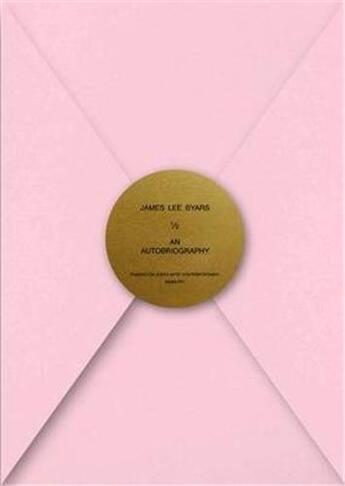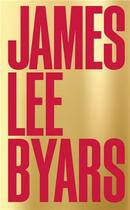-
Date de parution : 30/06/2014
-
Editeur :
Walther Konig
-
EAN : 9783863355111
-
Série :
(-)
-
Support :
Papier
Résumé:
"I see my autobiography as an arbitrary segment of so many pages of time, of things that I have paid attention to at this point in my life," wrote James Lee Byars (1932-1997) in 1969. He was then 37, about half the average male lifespan at the time, and accordingly thought it appropriate to... Voir plus
"I see my autobiography as an arbitrary segment of so many pages of time, of things that I have paid attention to at this point in my life," wrote James Lee Byars (1932-1997) in 1969. He was then 37, about half the average male lifespan at the time, and accordingly thought it appropriate to write his "1/2 autobiography." Byars' art ranged from highly refined objects to extremely minimal performance and events, and books, ephemera and correspondence that he distributed widely among friends and colleagues. Today, more than 15 years after his death, assessments of his art must negotiate Byars' performance of his charismatic self in his life and art. For his first major posthumous survey in the US, exhibition curators Magalí Arriola and Peter Eleey decided to produce a catalogue in two "halves," playing on his "1/2 autobiography" a catalogue of the exhibition itself, including new scholarship, and a sourcebook of primary documents. 1/2 an Autobiography, Sourcebook constitutes the latter volume--a reference guide filled with photographs and documents drawn from a variety of archival sources, including The Getty Research Institute, the Berkeley Art Museum and Pacific Film Archives, MoMA and Byars' own papers. This volume also includes a series of previously unseen interviews that artist and art historian David Sewell conducted with Byars in the late 1970s in preparation for a book that was never published. These discussions cover a number of Byars' major projects, among them The World Question Center, The Holy Ghost and the artist's time at CERN.
Donner votre avis















